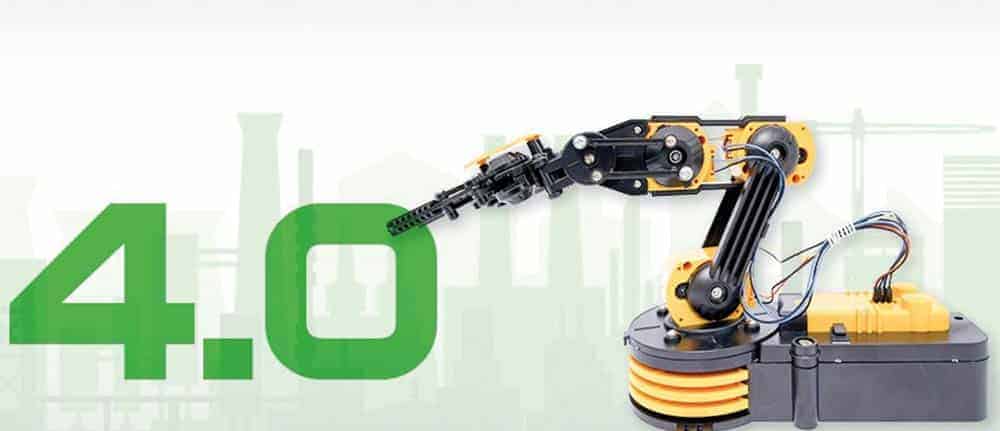PLM 4.0 - Basis for digital transformation


We can all still remember the drama on 19. 12. 2016 in Berlin. I myself was at the scene of the accident a few days before it happened and I can hardly believe what happened and that it could have happened to me.
If you follow the reporting closely to this day and look at the outcome and suggestions for the future, you realize that if the networking of the agencies and the database of their systems had been consistent and integrated, perhaps the assassination could have been prevented.
In response to what is happening, centralization of the administration is pending as a proposal from the Minister of Interior.
The aim is to have uniform systems and a clear and reliable database in order to be able to react more quickly and transparently to such actions.
Reacting is unfortunately too late.
Unfortunately, this example shows that we will not be able to live without a digital transformation in the future and how, above all, major accidents can be prevented.
Another example was a promotion by a large Internet mail order company during the Christmas season under the slogan: Black Friday.
US Americans use this day to start their Christmas shopping next Friday after Thanksgiving (always on the fourth Thursday in November).
This campaign triggered an Internet shopping strategy in which products were offered at top prices from 6:00 a.m. in the morning, which were delivered and in some cases delivered on the same day.
These actions can only be realized and implemented if all the prerequisites for the entire value chain of a company are interlinked.
You can see that a complete order and delivery process can be completed within 24 hours.
The product and its availability are checked, the customer is asked about his creditworthiness, the clearing and payment takes place immediately, and after the payment confirmation the delivery takes place immediately.
A digital transparency that not everyone wants today, but more and more are using. We have to take this fast pace into account in the productive area today and in the future.
Time to market may be a well-worn buzzword, but it is once again very important. The right product at the right time in the right place - this is once again very important due to globalization and IoT.
In order to respond to these new challenges, new organizational structures and processes are needed, as well as adjustments to business models.
The product development process is at the center of every further action. Data access and supply from heterogeneous landscapes, multi-CAD solutions for development and design as well as customer and supplier integration form the basis for a database.
The aim of the PLM 4.0 solution is to consolidate and standardize this complexity of different data structures in a central PLM system. The result is the reduction of complexity and redundancies and thus a considerable reduction in support and data maintenance.
Furthermore, the quality and transparency for all users is significantly increased.
Another building block in PLM 4.0 is an integrated version and change management solution, which additionally improves data quality, documentation of changes to the product, cost controlling,
certifications and processes in product development.
Conclusion:
In the future, large projects and multiprocessing will be handled and controlled in an agile manner through PLM 4.0.






